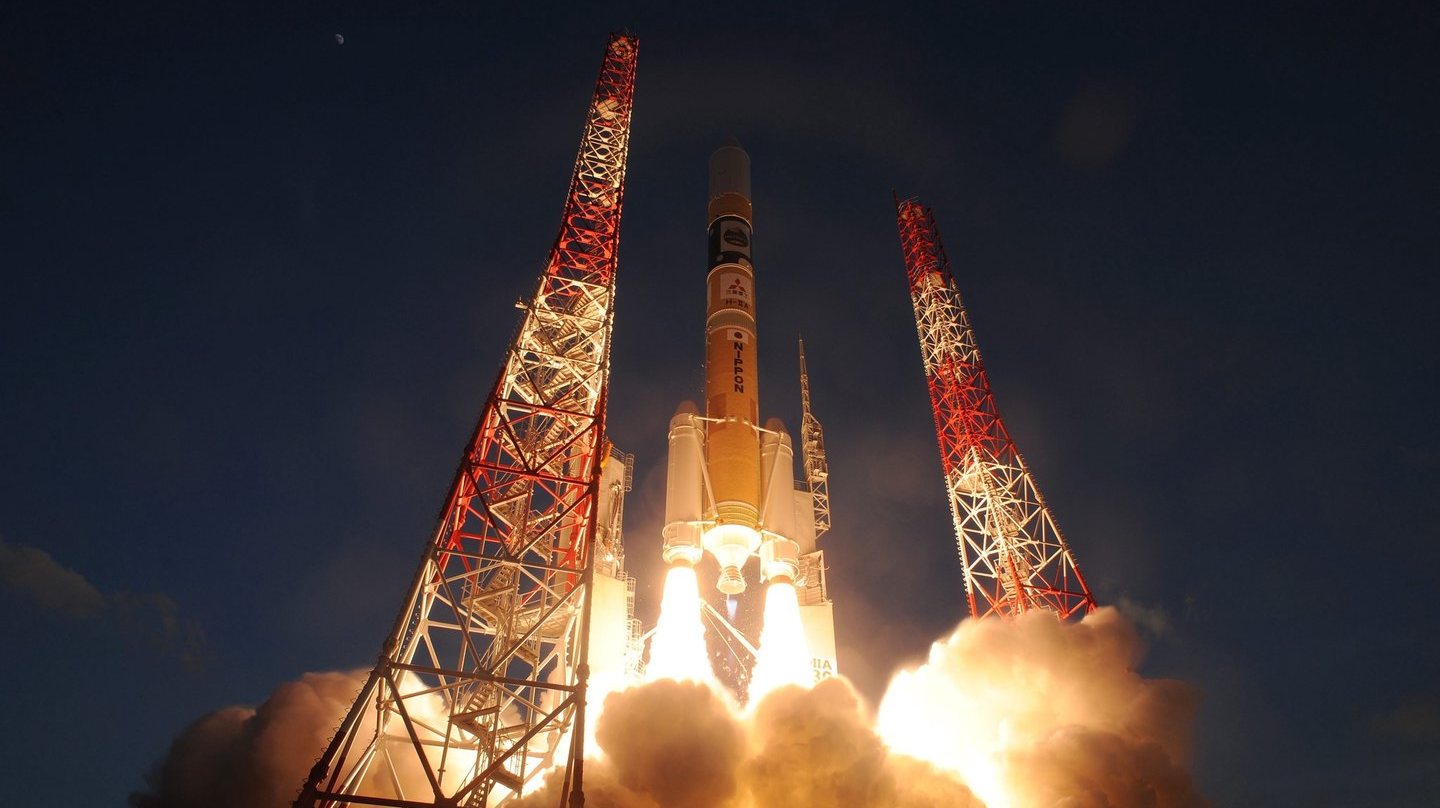The number 47 H2A rocket took off as scheduled and separated from the probe, which is expected to enter lunar orbit in three to four months.
A rocket carrying the SLIM lunar probe, with which Japan intends to make the country’s first moon landing, took off on Thursday, after three postponements since late August due to unfavorable weather conditions.
According to the live broadcast of the launch, the 47th H2A rocket, operated by Mitsubishi Heavy Industries, left according seen the futureat 8:42 a.m. (0h42 in Lisbon), from a base in Tanegashima, in the southwest of the country.
The SLIM lunar probe successfully separated of the H2A rocket, 53 meters long and four meters in diameter, some 45 minutes after takeoff, causing an explosion of joy and applause in the control center.
The probe, called moon sniper (Moon Shooter), you must enter the natural orbit of Earth’s satellites in about three to four months and shall land in six months.
SLIM will attempt to land near Shioli crater, near the lunar equator, in the “most accurate landing” yet, the Japan Aerospace Exploration Agency (JAXA) said.
JAXA intends to land SLIM within 100 meters of the target, to avoid steep slopes and uneven terrain, not least because suitable areas for exploring the Moon’s polar regions “are limited to a very small area.”
If he manages to land on the moon, Japan will be the fifth country to do soand the data obtained will be used in the North American international project Artemis, whose objective is to take astronauts to the Moon and, ultimately, to explore Mars.
In August, India successfully landed its first spacecraft on the Moon, joining the United States, the Soviet Union and China.
India made history: it surpassed Russia and managed to land on the south pole of the Moon: “Success belongs to all humanity,” Modi said
Russia, for its part, has just failed in a new attempt: its Luna-25 probe crashed on August 19 on lunar soil.
Luna-25, the first Russian mission to the Moon in almost 50 years, crashed into the surface before landing
The takeoff of the H2A was accompanied live by more than 35 thousand people on the YouTube platform, shows the enthusiasm generated by this double mission.
The H2A also wore a new observation satelliteThe X-ray spacecraft, called XRISM, went into orbit around Earth 13 minutes after launch to investigate the evolution of the universe and space-time.
The satellite will explore the winds of plasma gases that blow through galaxies, a vestige of the birth and death of stars. Studying the X-rays emitted by this gas can help map how it spread through the universe.
The mission also aims to measure the X-ray light emitted by immensely dense objects, such as the black holes found at the centers of some galaxies, to help understand how they warp the space-time around them and how they affect galaxies.
XRISM was developed jointly with the US space agency NASA, representing a major evolution in Japan’s satellite program.
Source: Observadora
